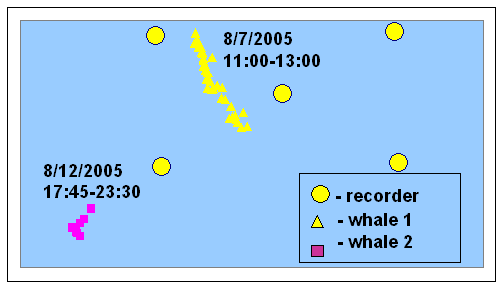



Figure 1. A North Atlantic right whale in the Bay of Fundy, Canada
The North Atlantic right whale (Eubalaena glacialis) is a highly endangered species of baleen whale with fewer than 400 individuals left in the North Atlantic (Figure 1). These whales produce a variety of sounds for communication, and the behavioral function of these sound types is an area of active research. The most commonly described sound from right whales is the upcall, or contact call, a low-frequency, tonal sound produced by whales of both sexes and of all ages. Right whales also produce a distinctive, loud, broadband signal referred to as the ‘gunshot’ sound, so named because it sounds like a gun being fired (Figure 2). The ‘gunshot’ sound is thought to potentially function as a male reproductive advertisement signal. It is important to understand what sounds are associated with mating behaviors in this species to help locate the mating grounds that are currently unknown. This study will help us better understand how right whales use this signal and to shed light on the ultimate function of this sound.
Figure2. Example of a ‘gunshot’ sound produced by a right whale. CLICK IMAGE ABOVE TO LISTEN TO GUNSHOT SOUND..
Based on previous work, the ‘gunshot’ sound is believed to function either as a threat signal between males, as a male signal to attract females, or a combination of these two functions (Parks et al., 2005). For North Atlantic right whales this sound has only been recorded when males are present in two different behavioral contexts. The first is a social context with surface active groups in which multiple whales are interacting at the surface. These groups typically contain a single female surrounded by multiple males. The second context involves a lone individual male who produces numerous ‘gunshot’ sounds over an extended period of time.
The goal of this study was to make continuous acoustic recordings in the Bay of Fundy, Canada for two weeks to monitor for the occurrence of ‘gunshot’ sounds. Five autonomous seafloor recording units were spaced 3-7 miles apart. Sounds were detected through visual and acoustic review of the recordings. Sounds that were picked up on at least three recording units were localized to estimate the position of the whale. This study will help us document how often ‘gunshot’ sounds are produced when right whales are present and how long these individual displays last. Knowing such things as the contexts in which whales produce these unique sounds, if and when multiple males engage in bouts of gunshots, and how females respond to these males will also provide us with insights into the behavioral function of these sounds. For example, if these sounds function to attract females, males may be expected to make extended displays. If the sounds function as threats between males, shorter exchanges of ‘gunshot’ sounds produced by two different whales in the same general area would be expected.
‘Gunshot’ sounds were detected in 13 of the 14 days of recording. Two types of acoustic displays were observed in this study that may correspond to the surface active group and lone-displays previously described. The two ‘gunshot’ displays were: 1) short display, usually a handful of ‘gunshot’ sounds produced within a half hour, and 2) long display, consisting of hundreds of ‘gunshot’ sounds produced over the course of several hours. One example included over 700 ‘gunshot’ sounds produced over a period of 7 hours (Figure 3). In 2005, only a single whale produced a long display, while one to three other whales, located many miles away, produced short displays during the course of the long display. Throughout the course of the study, both types of displays were detected in the recording area, and some whales appeared to remain stationary during their display, while others moved slowly.

Figure 3. Examples of positions of whales producing two long displays on August 7 and August 12, 2005.
Our study indicates that ‘gunshot’ sound production is extremely common in the Bay of Fundy in August. ‘Gunshot’ sounds were detected on all but one day of the 14 days of recording. The number of ‘gunshots’ increased throughout the recording period, suggesting that the sound may be produced more often later in the summer and potentially into the autumn mating season of right whales. The tendency for single males to produce the longer ‘gunshot’’ display, with little indication of multiple whales displaying close to one another, suggest that the long display is intended to attract females, rather than to threaten other males. More recordings are necessary, particularly later into the autumn and on suspected mating grounds, to test whether rates of ‘gunshot’ sound detection might serve as a proxy for competitively breeding males and thereby help us locate the mating ground for this endangered species.
Parks SE, Hamilton PK, Kraus SD, Tyack PL, 2005. The ‘gunshot’ sound produced by male North Atlantic right whales (Eubalaena glacialis) and its potential function in reproductive advertisement. Marine Mammal Science 21:458-475.